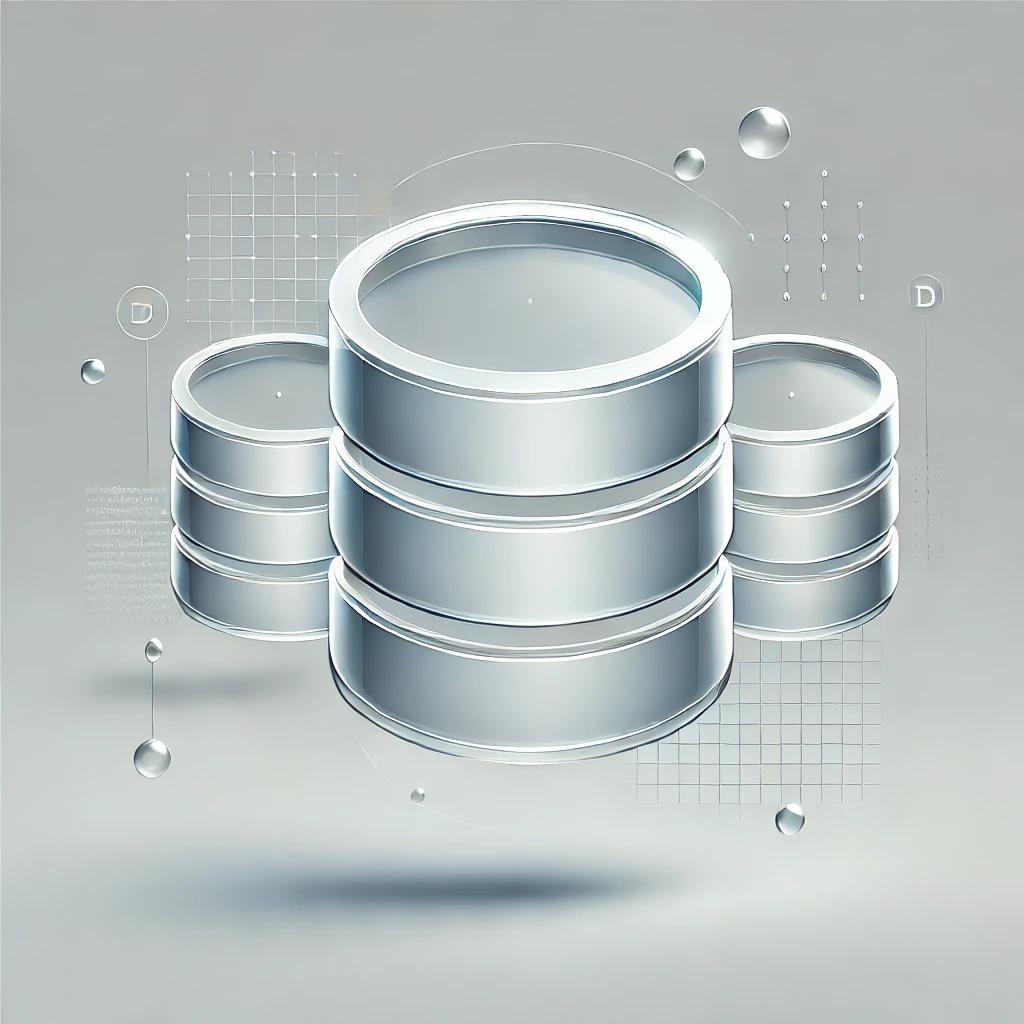What is CoreData
Core Data is an essential framework in iOS development that allows developers to manage and persist data efficiently in their apps.

Introduction to Core Data: What, Why, and When to Use It
Core Data is an essential framework in iOS development that allows developers to manage and persist data efficiently in their apps. Whether you're creating a simple note-taking app or a more complex social media platform, understanding Core Data can help you manage, save, and retrieve your app’s data seamlessly. In this article, we’ll explore what Core Data is, why it’s valuable, and when to use it in your iOS projects.
What is Core Data?
Core Data is an object graph and persistence framework developed by Apple. It helps developers organize and store data locally on an iPhone or iPad. At its core, Core Data allows you to define a data model, create entities (similar to tables in a database), and manage their relationships. It can also manage the lifecycle of these entities and provide powerful tools for fetching, updating, and deleting data.
Why Use Core Data?
There are several reasons why Core Data is a preferred choice for local data management:
- Data Persistence: Core Data allows you to store data on the device, so it remains available even after the app is closed.
- Data Relationships: You can model relationships between objects, like users and posts in a social app.
- Efficient Data Access: Core Data is optimized for performance and can efficiently fetch and manage large datasets.
- Change Tracking: Core Data tracks changes in your data, making it easier to manage updates.
- Data Versioning: Core Data supports data migrations, making it possible to evolve your data model as your app grows.
When Should You Use Core Data?
Core Data is not always the best solution for every app. It's most useful in situations where you need to manage complex data relationships, persist large amounts of data, or use advanced querying capabilities. However, if your app just needs to store small pieces of data, like user preferences, UserDefaults or even saving to files might be simpler alternatives.
Some situations where Core Data is a good fit:
- Managing large datasets (e.g., a to-do list app, social media app).
- Handling complex relationships between data (e.g., a user has multiple posts, posts have multiple comments).
- Needing to query data efficiently with filtering and sorting.
- Persisting data over multiple app launches or across multiple users.
How Core Data Works
At a high level, Core Data works by creating a data model (which is a blueprint of the data you want to store) and managing instances of these models (referred to as managed objects). These managed objects are instances of your data entities, and Core Data automatically takes care of storing, fetching, and updating them.
Let’s break down the basic components of Core Data:
- Data Model: This is a schema that defines your entities (similar to tables in a database), their attributes, and relationships.
- NSManagedObject: This is a class that represents a single instance of an entity. For example, if you have a "Task" entity, each task you create in your app will be an instance of NSManagedObject.
- NSManagedObjectContext: Think of this as a workspace where you perform operations like saving, deleting, or fetching data.
- Persistent Store: This is where your data is physically saved on the device. It can be a SQLite database, XML file, or binary file.
- NSPersistentContainer: This is a helper class that sets up the Core Data stack and provides you with a ready-to-use managed object context.
Simple Example: Storing and Fetching Data with Core Data
Let’s go through a basic example where we create a "Task" entity and store it in Core Data. We’ll then fetch and display the tasks saved in the app.
Step 1: Setting Up Core Data in Xcode
To enable Core Data in your project:
- When creating a new project in Xcode, select the "Use Core Data" checkbox.
- Xcode automatically generates a data model file (with a .xcdatamodeld extension) and sets up the Core Data stack for you.
Step 2: Defining the Data Model
Next, we define a simple "Task" entity with a single attribute called "name" in the Data Model Editor.
You can open the .xcdatamodeld file, add a new entity called "Task," and give it an attribute called "name" of type String.
Step 3: Inserting Data into Core Data
Here’s how you can add a task to Core Data:
// Access the managed object context from the persistent container
let context = (UIApplication.shared.delegate as! AppDelegate).persistentContainer.viewContext
// Create a new Task object
let newTask = NSEntityDescription.insertNewObject(forEntityName: "Task", into: context)
newTask.setValue("Buy groceries", forKey: "name")
// Save the context to persist data
do {
try context.save()
print("Task saved!")
} catch {
print("Failed to save task: \(error)")
}
Step 4: Fetching Data from Core Data
Now let’s retrieve all the tasks we’ve saved:
// Create a fetch request for the Task entity
let fetchRequest = NSFetchRequest(entityName: "Task")
do {
// Fetch the results from Core Data
let result = try context.fetch(fetchRequest)
for data in result as! [NSManagedObject] {
print(data.value(forKey: "name") as! String)
}
} catch {
print("Failed to fetch tasks: \(error)")
}
Conclusion
Core Data is a powerful tool for persisting and managing data in iOS apps. By understanding the basics of how it works, you can start using it in your projects to store and retrieve data efficiently. In this series, we will delve deeper into the Core Data stack, relationships, performance optimization, and more advanced concepts.
In this article, we covered the basics of what Core Data is and why it’s useful for managing and persisting data in iOS applications. We also walked through a simple example of setting up Core Data and performing basic CRUD operations. In the next article, we'll dive deeper into setting up Core Data in your projects and the structure of the Core Data stack.





